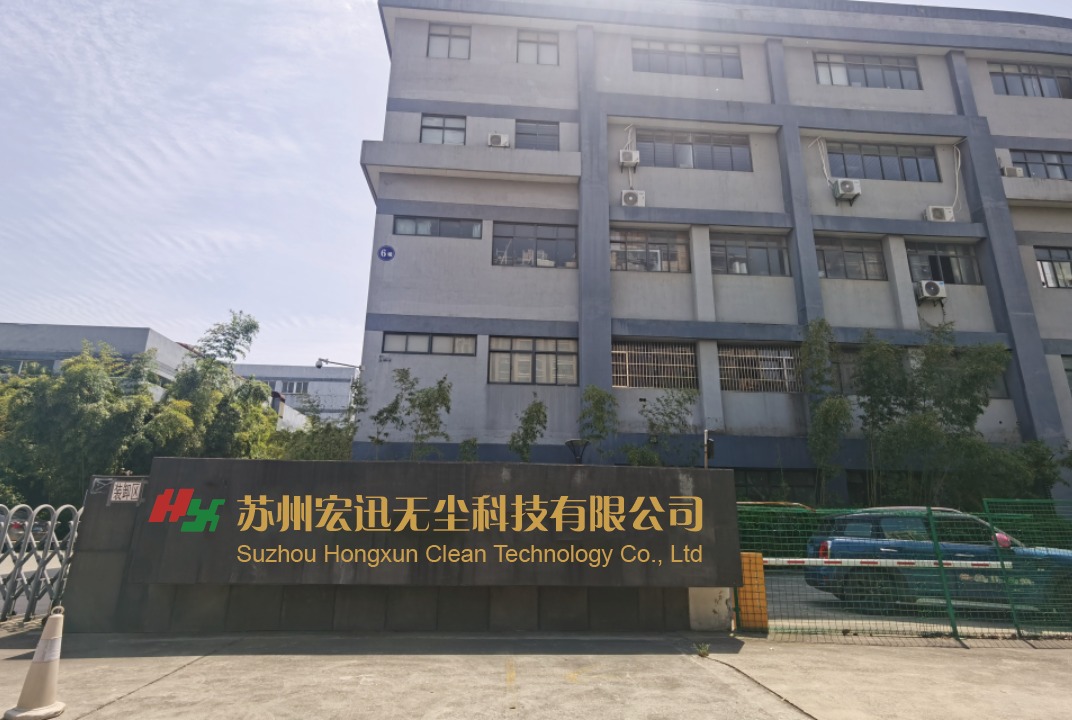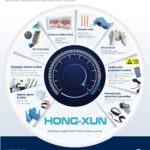Pharmaceutical Manufacturing: Revisiting the Unexpected with Growth
The pharmaceutical manufacturing industry is no stranger to challenges, from stringent regulations to complex supply chains. However, in recent years, the sector has been experiencing an unexpected resurgence in growth, driven by new technologies, global health crises, and shifting market dynamics. While the challenges remain, the industry is revisiting old paradigms and embracing innovations that are transforming the way medicines are produced and delivered.
The Impact of Global Health Crises
Perhaps the most obvious catalyst for recent growth in pharmaceutical manufacturing has been the global pandemic. The urgency to develop, manufacture, and distribute vaccines at an unprecedented scale forced the industry to rethink its traditional processes.
- Acceleration of Vaccine Production: COVID-19 vaccine development, particularly with mRNA technology, proved that pharmaceuticals could move from research to production rapidly without compromising quality or safety. This has set a new standard for future drug manufacturing, showcasing how quickly innovation can bring results when urgency demands it.
- Supply Chain Resilience: The pandemic also highlighted vulnerabilities in global supply chains, prompting pharmaceutical companies to revisit their sourcing strategies. A push for localization of manufacturing has emerged, with more companies investing in local production capabilities to avoid supply disruptions.
Embracing Advanced Manufacturing Technologies
Innovation is at the heart of the industry's growth, with advanced manufacturing techniques leading the charge.
- Continuous Manufacturing: Traditional batch manufacturing methods, which have been the norm for decades, are giving way to continuous manufacturing. This newer method offers increased efficiency, better product quality, and lower production costs. Instead of producing drugs in separate stages, continuous manufacturing allows for non-stop production, reducing lead times and improving scalability.
- Automation and AI: The integration of automation and artificial intelligence (AI) into pharmaceutical manufacturing is streamlining processes that were once labor-intensive. AI algorithms can monitor quality in real-time, predicting and correcting deviations before they become costly issues. Additionally, automated systems help reduce human error, increase precision, and improve overall safety.
- 3D Printing in Pharmaceuticals: Another unexpected innovation in pharmaceutical manufacturing is the application of 3D printing technology. 3D printing allows for highly personalized medication, where dosages can be customized to an individual’s specific needs. It also opens the door for on-demand drug production, especially in remote locations or emergency situations.
Regulatory Shifts and Streamlined Approvals
Historically, one of the biggest barriers to innovation in the pharmaceutical industry has been the regulatory approval process. However, recent events have prompted regulatory agencies like the FDA to reconsider how they handle drug approvals and oversight.
- Fast-Track Approvals: The success of emergency use authorizations during the pandemic has prompted regulators to consider more flexible frameworks for the approval of critical drugs. These fast-track and priority review programs are encouraging pharmaceutical manufacturers to innovate with confidence, knowing that life-saving treatments can reach the market more quickly.
- Real-Time Monitoring: In line with continuous manufacturing, real-time monitoring and quality checks are becoming the norm. This enables manufacturers to ensure compliance with regulatory standards throughout the production process, allowing for fewer disruptions and faster approval timelines.
Sustainability and Green Pharmaceuticals
With the world increasingly focused on sustainability, pharmaceutical manufacturing is also revisiting its environmental impact. The industry has been historically resource-intensive, but that is beginning to change.
- Green Chemistry: Green chemistry focuses on reducing the environmental footprint of drug production. By redesigning chemical processes to minimize waste and energy consumption, companies are making pharmaceutical manufacturing more eco-friendly. For example, solvent-free reactions and biocatalysis are two methods gaining traction in the push for sustainability.
- Energy-Efficient Facilities: New pharmaceutical manufacturing facilities are being built with energy efficiency in mind. The use of renewable energy sources, such as solar and wind power, along with advanced HVAC systems, helps reduce the carbon footprint of drug production plants. In addition, water conservation technologies are being adopted to minimize the use of this precious resource.
The Rise of Biologics and Personalized Medicine
A significant trend driving growth in the pharmaceutical manufacturing industry is the rise of biologics and personalized medicine. These complex, large-molecule drugs, which include therapies like monoclonal antibodies, require specialized production methods and facilities.
- Biopharmaceutical Manufacturing: Unlike traditional small-molecule drugs, biologics are produced from living cells, requiring highly controlled environments and sophisticated technology. The rise in demand for biologics has fueled investment in biopharmaceutical manufacturing facilities, many of which are highly automated and capable of producing advanced therapies for diseases like cancer and autoimmune disorders.
- Personalized Medicine: Advances in genomics and diagnostics are paving the way for personalized medicine, where treatments are tailored to an individual’s genetic profile. This trend is pushing pharmaceutical manufacturers to rethink production strategies, moving away from mass-market drugs to smaller, more targeted production runs.
Conclusion: A New Era of Pharmaceutical Manufacturing
Pharmaceutical manufacturing is experiencing a renaissance, driven by the unexpected need to adapt to global health crises, technological advancements, and the evolving demands of the healthcare landscape. The industry's ability to revisit its processes and embrace innovation is fueling growth in ways that were once unimaginable.
As we look to the future, the pharmaceutical manufacturing sector will continue to be at the forefront of life-saving innovation. Whether it's through the adoption of continuous manufacturing, AI, or the rise of biologics and personalized medicine, this industry is redefining what’s possible in drug production and making strides toward a healthier, more sustainable world.



